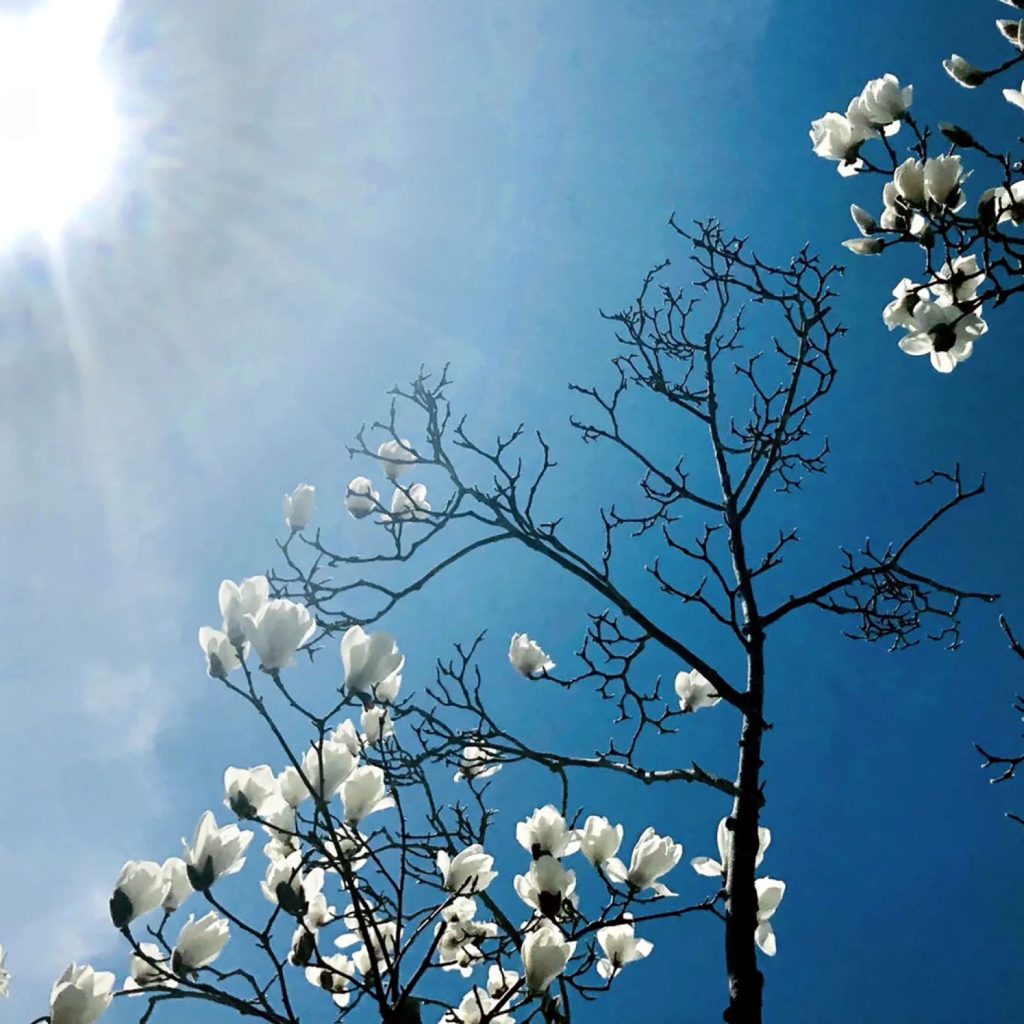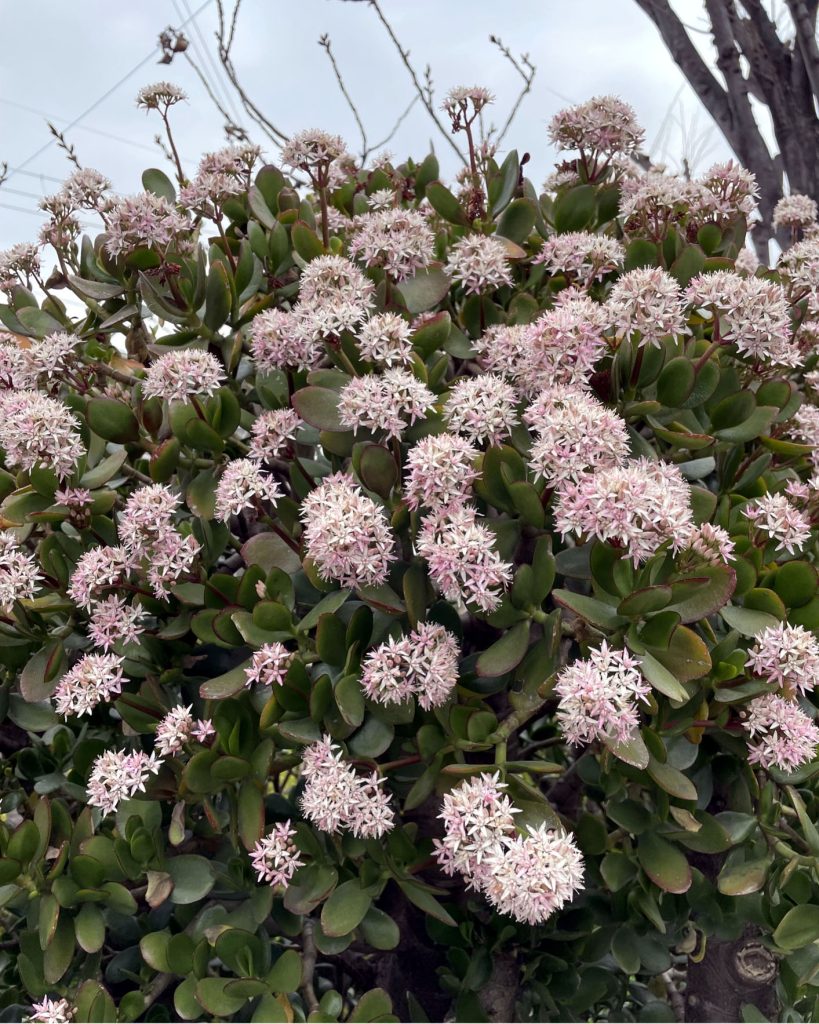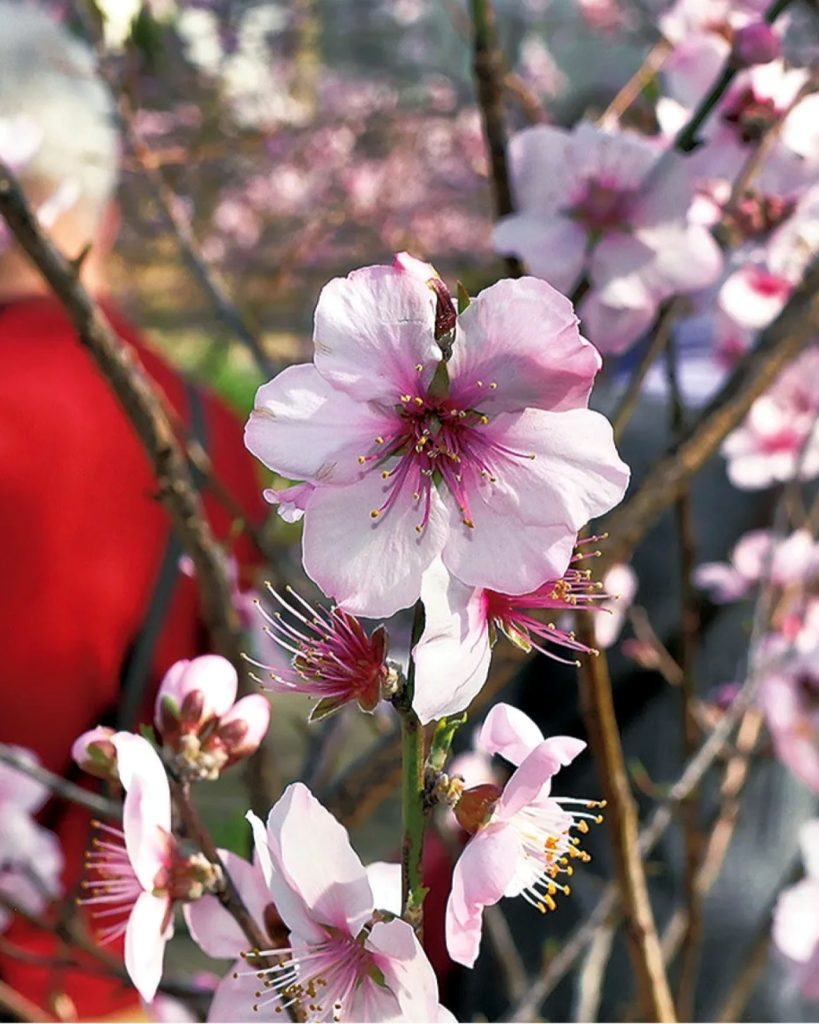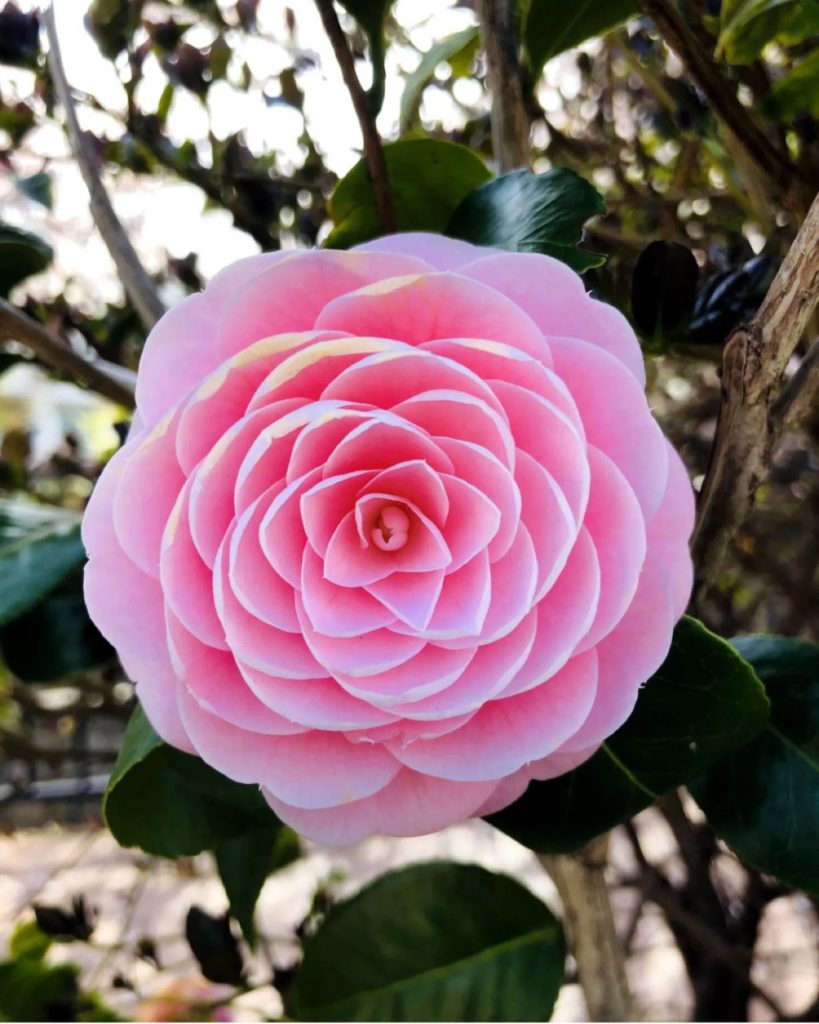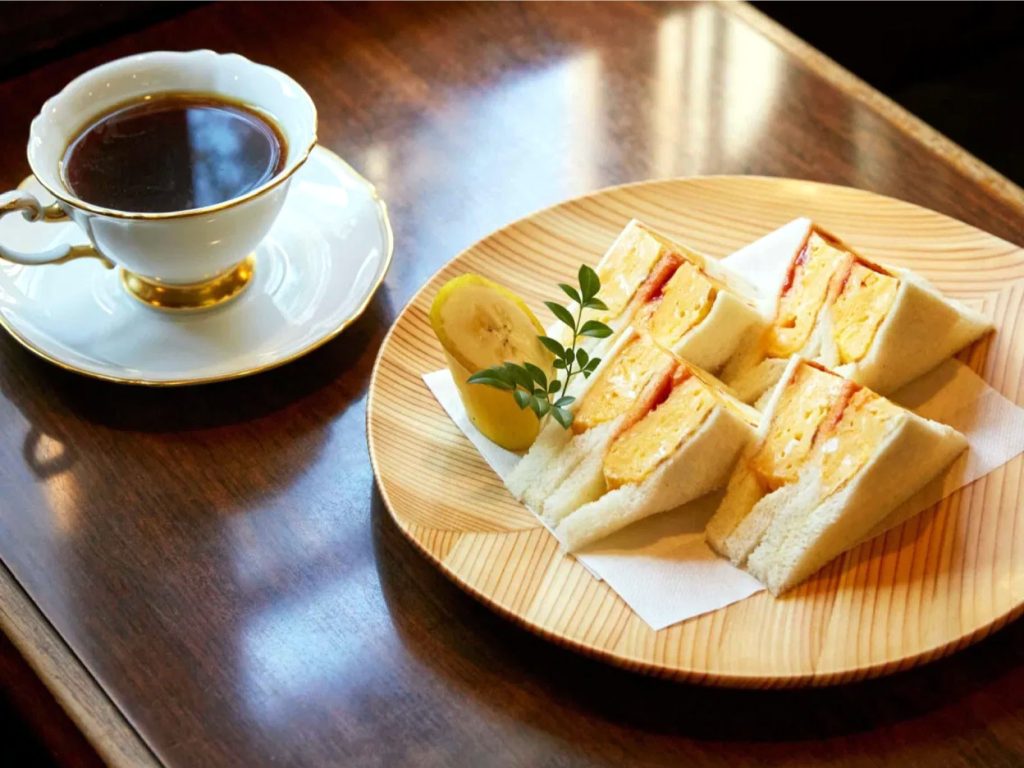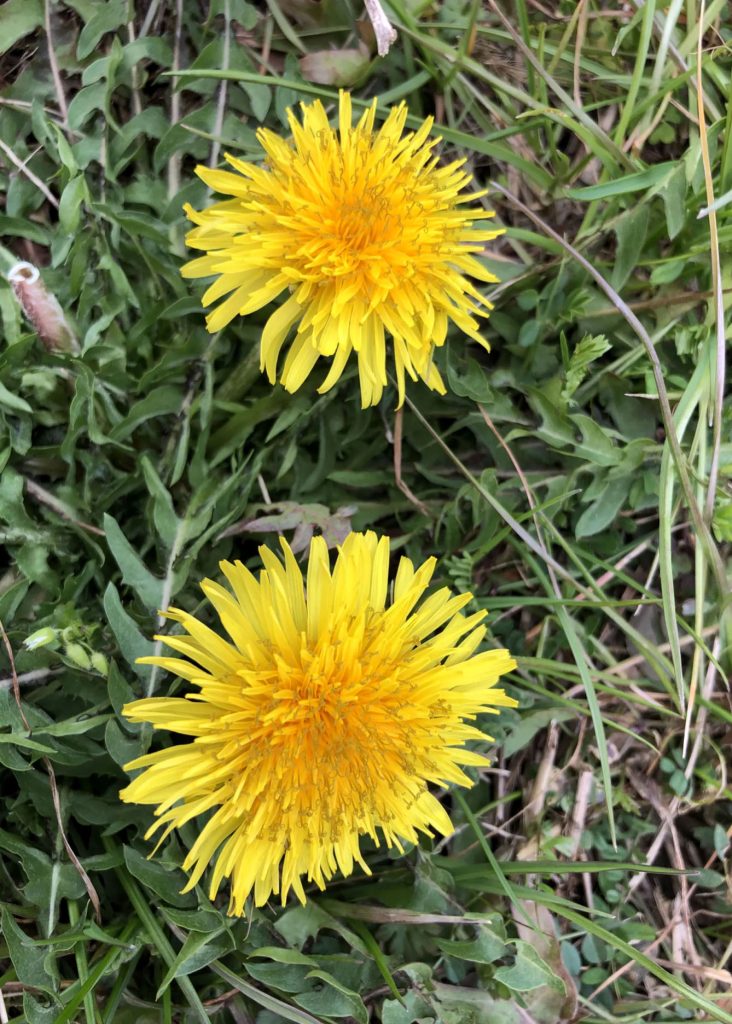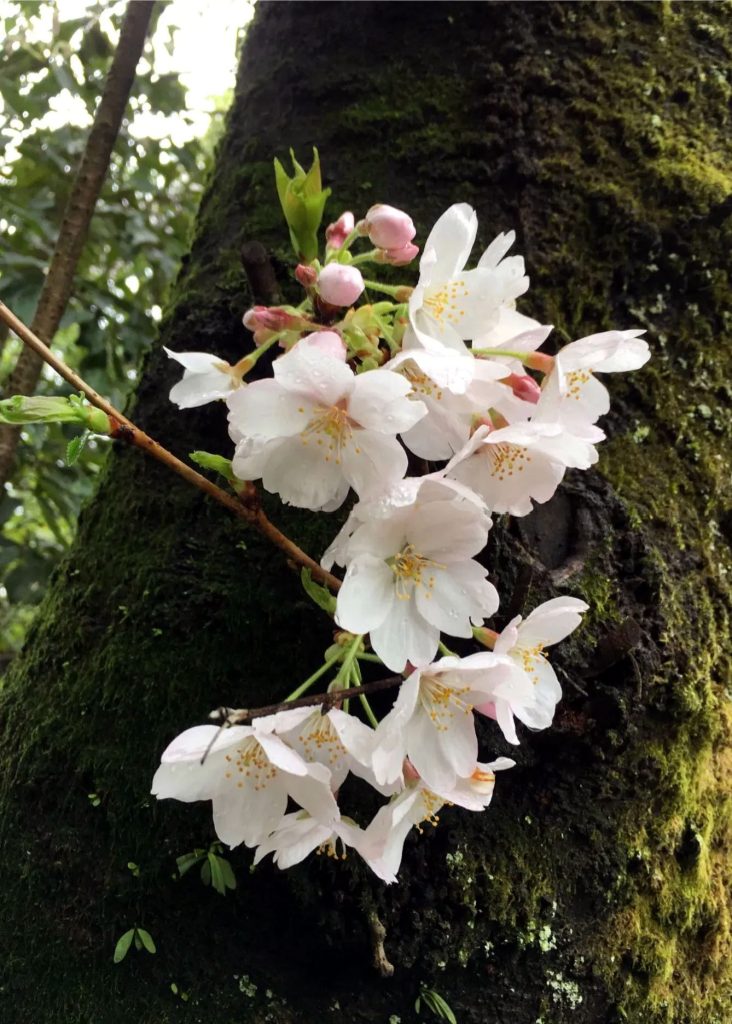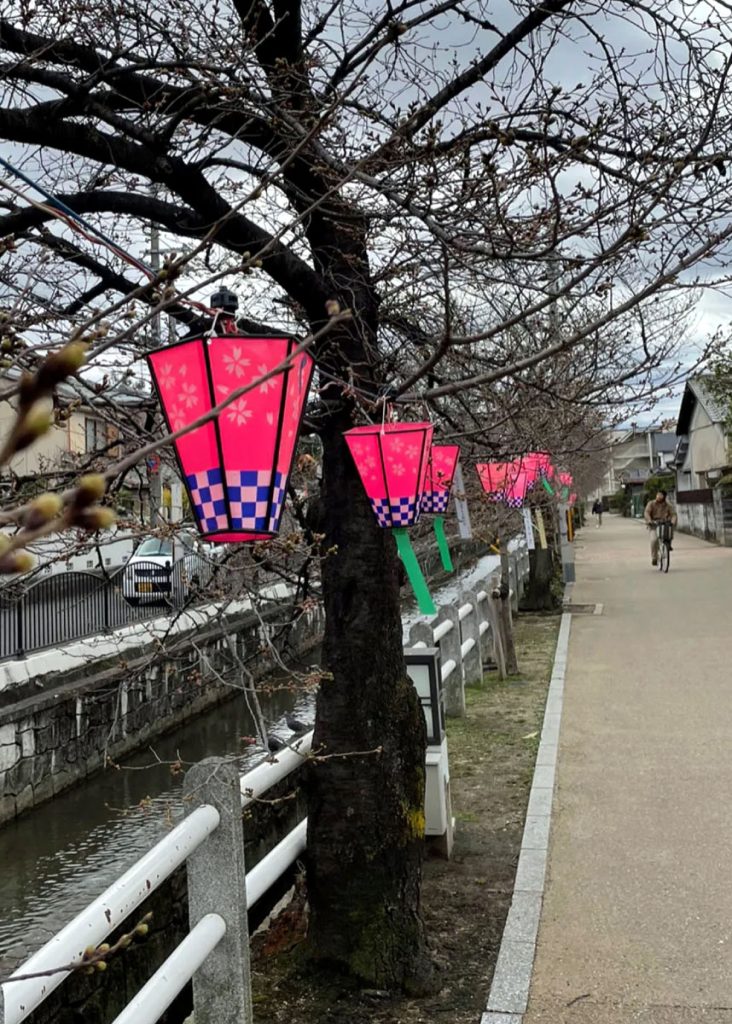
On March 19th, the Osaka Regional Meteorological Observatory announced that cherry blossoms (sakura, specifically the Somei Yoshino variety) had bloomed in Osaka City. This is reportedly the earliest blooming in recorded history, tying with 2021. The standard for confirming bloom is “5-6 or more” flowers on a specimen tree in the Nishinomaru Garden of Osaka Castle. The bloom was four days earlier than last year and eight days earlier than average. The concern now is when the blossoms will be in full bloom and how long they will continue to bloom. Typically, cherry blossoms reach full bloom about a week after they begin to bloom. Because the flowers are firmly attached for about 10 days after blooming, they are unlikely to fall off in strong winds or rain. It usually takes more than 10 days after blooming for a “flower storm” to occur. If there is no particularly heavy rain or strong wind, cherry blossoms can be enjoyed for about three weeks from the time they bloom. Moreover, if the temperature is low during this period, the flowers can last even longer and may be enjoyed for up to a month. Finally, the cherry blossom season is about to begin.
大阪管区気象台は19日、大阪市で桜(ソメイヨシノ)が開花したと発表しました。2021年と並び、観測史上最も早い開花だそうです。大阪では大阪城の西の丸庭園にある標本木で、基準となる「5~6輪以上」の開花を確認します。昨年より4日、平年より8日早い開花とか。気になるのは満開の日といつまで咲き続けるかです。一般的には、桜は咲き始めてから1週間程度で満開を迎えます。 開花から10日くらいは花がしっかりと付いているため、強い雨や風で散ることは、ほとんどありません。花吹雪になるのは開花してから10日以上たってからです。よほど強い雨が降ったり、強い風が吹いたりしなければ、桜は開花から3週間くらいは楽しめることが多くなります。さらに、その期間に気温が低いと花は長持ちして、場合によっては1か月くらい楽しめることもあります。いよいよ桜シーズンの幕開けです。


